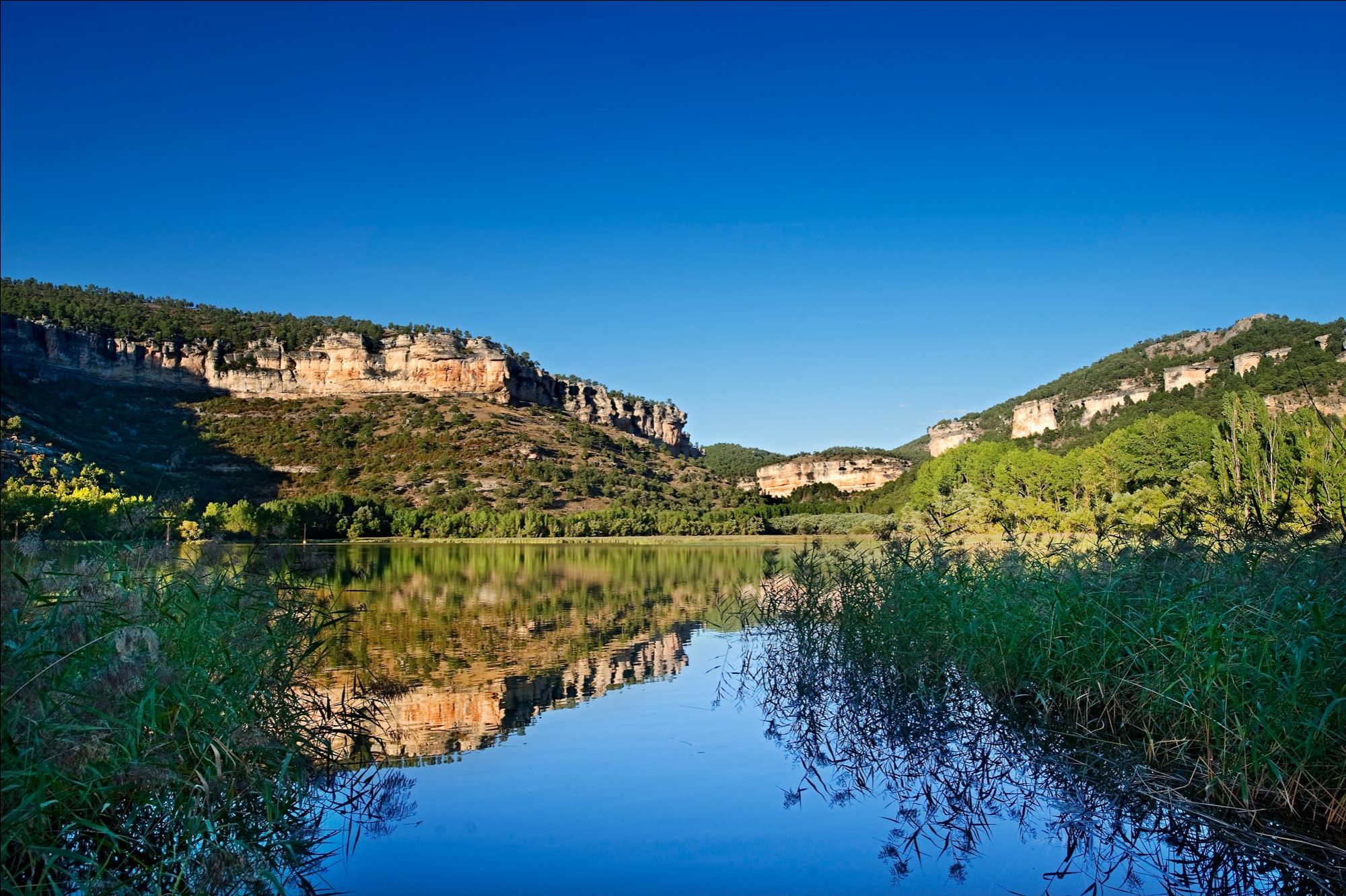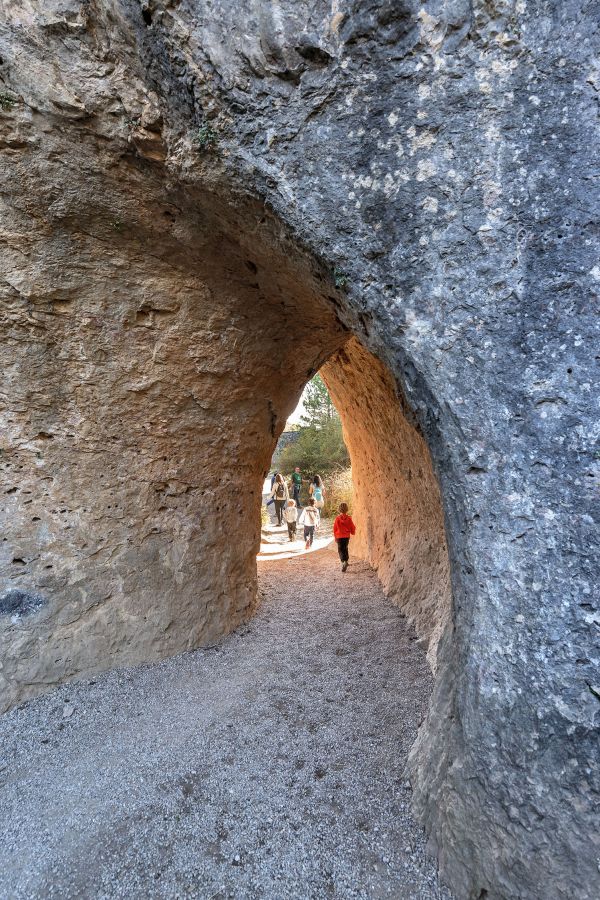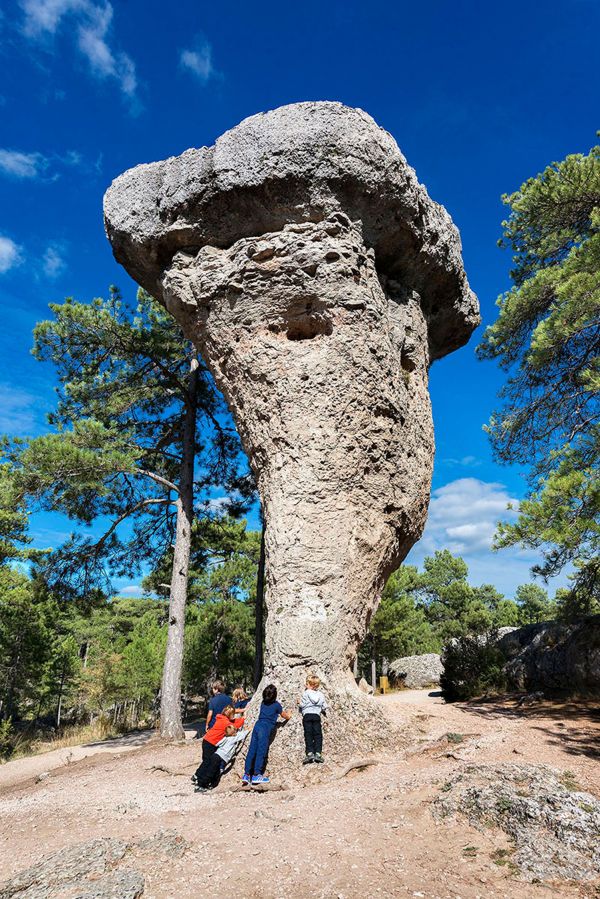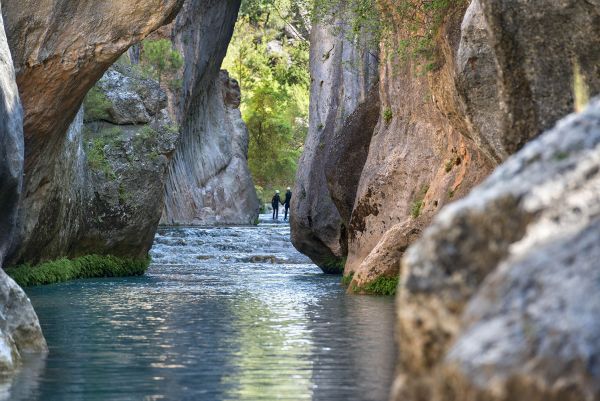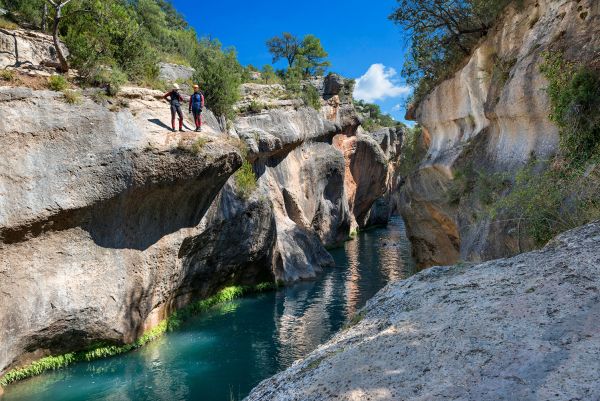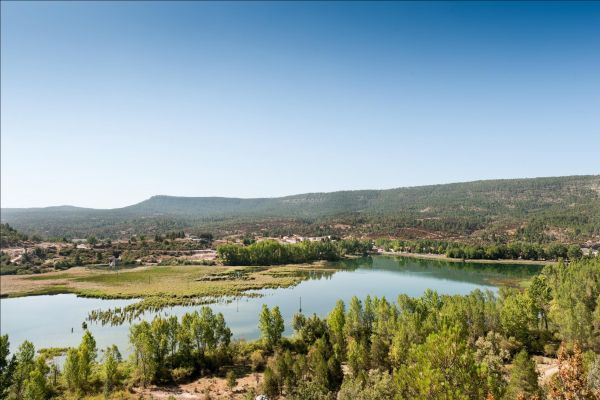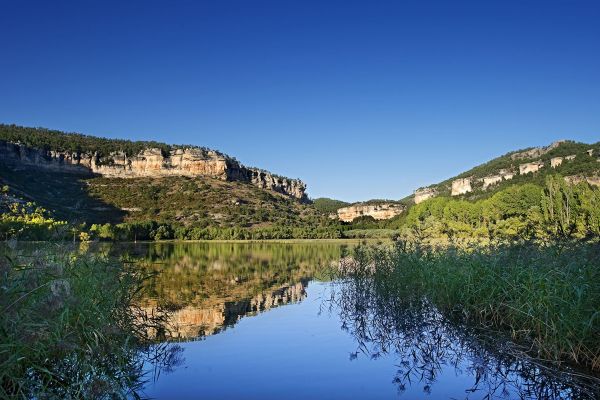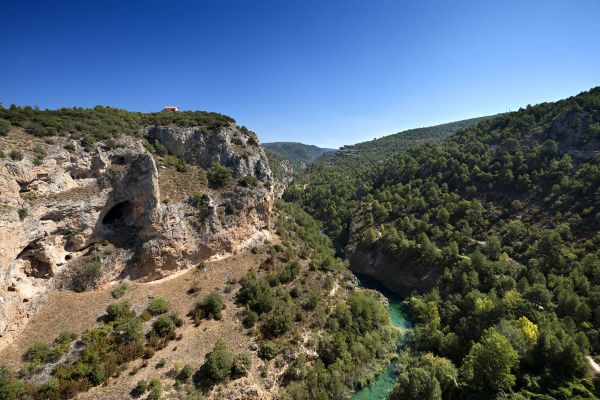The devil, a lagoon and the Enchanted City
Cuenca
Cuenca is the perfect starting point for undertaking this journey, which allows us to discover some of the most beautiful and spectacular corners of Castilla-La Mancha. The water, rocky outcrops and forests take centre stage on this route through the Serranía de Cuenca Natural Park.
We take the CM-2105 highway that leads us, with the close company of the Júcar waters, to the town of Villalba de la Sierra. Three kilometres from the town, we reach the car park that leads to - just 100 metres away- the Devil’s Window, one of the most breathtaking lookout points in the whole region. According to legend, the name comes from the witchcraft meetings organised here by the devil, who pushed those who dared to look over the edge into the abyss. We certainly won’t find the devil, but take care if you suffer from vertigo. The view from these balconies, under a vaulted cavity of limestone rock, is impressive. 200 metres below, the gorge carved away by the Júcar, can be found.
The nearby Los Cortados ravine is a common spot for canyoning, an unforgettable experience for adventure sports fans. The Poblado del Salto de Villalba hydroelectric power plant can also be glimpsed from this privileged vantage point.
Back on the road, just five kilometres away, we turn off towards Ciudad Encantada. Located in the small village of Valdecabras, in the heart of the Serranía de Cuenca Natural Park and surrounded by vast pine trees, is one of Spain’s most spectacular sights. A stroll in this area helps us to understand and learn about the karst geological process and admire their rock formations. Its origins date back around 90 million years, when this landscape was part of the depths of the Tethys Ocean. Thousands of years of action by water, wind and ice mean that today we can admire this impressive geological trend, where we can enjoy a magical environment and let our imaginations run wild with visions of stunning rock formations such as the Face of Man, the Tortoise, the Bears, the Sea of Stone and the Teruel Lovers. Entry costs €5 and visits take one and a half hours along a calm, three-kilometre path suitable for visitors of every kind.
We retrace our steps and go to Uña, a small mountain town on a hill between the lake of the same name and the Júcar river. The stroll through the environment allows us to enjoy beautiful scenery. We can visit the lagoon lookout point and the wooden walkway leading into its calm waters. For hiking fans, the path leading to Escalerón a la Raya, 9 kilometres long, allows us to enjoy a beautiful view of the lake and town.
Water, once again, takes centre stage at the Toba reservoir. Several lookout points allow visitors to enjoy scenery featuring the eye-catching La Madera hill, home to several vultures and birds of prey. In summer months, this is one of the most visited bathing areas in the province of Cuenca.
May also be of interest to you
Castilla-La Mancha Tourism in 2023. All rights reserved.
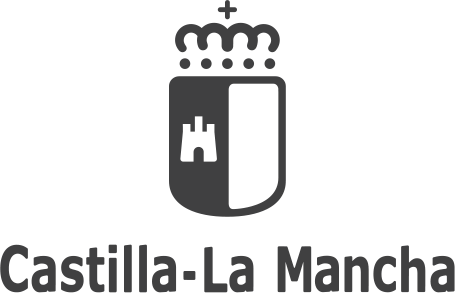
 365
365
